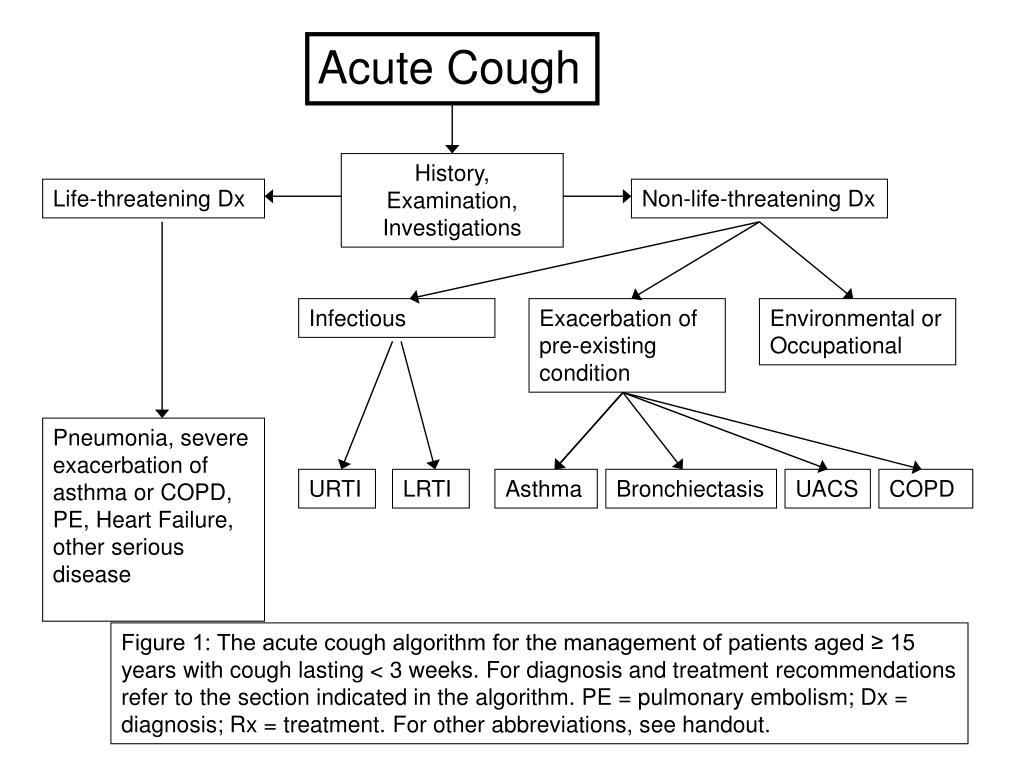
To make sure your child gets the correct dose, he or she may also need a hollow tube (spacer) that attaches to the inhaler. Small hand-held devices, metered dose inhalers are a common delivery method for asthma medication. Your child's medication may be delivered with one of these devices: Most asthma medications are given with a device that allows a child to breathe medication directly into the lungs. Track the use of quick-relief medications, and share the information with your child's doctor at every visit.Īsthma attacks are treated with rescue medications, and oral or injectable corticosteroids. Relying on a quick-relief inhaler to control symptoms puts your child at risk of a severe asthma attack and is a sign that your child needs to see the doctor about making treatment changes. Your child's asthma is not under control if he or she often needs to use a quick-relief inhaler. If your child has frequent or severe symptoms, he or she will need to take a long-term control medication such as an inhaled corticosteroid. Levalbuterol (Xopenex) is another.Īlthough these medications work quickly, they can't keep your child's symptoms from coming back. Albuterol (ProAir HFA, Ventolin HFA, others) is the most commonly used short-acting bronchodilator for asthma. These medications - called short-acting bronchodilators - provide immediate relief of asthma symptoms and last four to six hours. Children age 6 and older may benefit from the addition of this therapy to their current treatment plan. Nucala, an injectable medication, is given to children every four weeks to help control severe asthma. Theophylline (Theo-24, Elixophyllin) is not used as often now as in past years. This is a daily medication that opens the airways (bronchodilator). This reduces the risk of a severe asthma attack. LABA medications should only be given to children when they are combined with a corticosteroid in a combination inhaler. In some situations, long-acting beta agonists have been linked to severe asthma attacks. They include the combinations fluticasone-salmeterol (Advair HFA), budesonide-formoterol (Symbicort), fluticasone-vilanterol (Breo, Ellipta) and mometasone-formoterol (Dulera).
#Nocturnal cough guidelines plus
These medications contain an inhaled corticosteroid plus a long-acting beta agonist (LABA). Seek medical advice right away if your child has any unusual psychological reaction.Ĭombination inhalers. In rare cases, montelukast and zileuton have been linked to psychological reactions such as agitation, aggression, hallucinations, depression and suicidal thinking. They can be used alone or as an addition to treatment with inhaled corticosteroids. These include montelukast (Singulair), zafirlukast (Accolate) and zileuton (Zyflo). These anti-inflammatory drugs include fluticasone (Flovent HFA), budesonide (Pulmicort Flexhaler), beclomethasone (Qvar RediHaler), ciclesonide (Alvesco, Omnaris) and mometasone (Asmanex HFA). These are the most common long-term control medications for asthma. Types of long-term control medications include: These medications may be used seasonally if your child's asthma symptoms become worse during certain times of the year. Known as maintenance medications, these are generally taken every day on a long-term basis to control persistent asthma. This is known as the stepwise approach to asthma treatment. If your child's asthma is well controlled, the doctor may "step down" treatment by reducing your child's medications.


Based on your record of how well your child's current medications seem to control signs and symptoms, your child's doctor may "step up" treatment to a higher dose or add another type of medication.


 0 kommentar(er)
0 kommentar(er)
